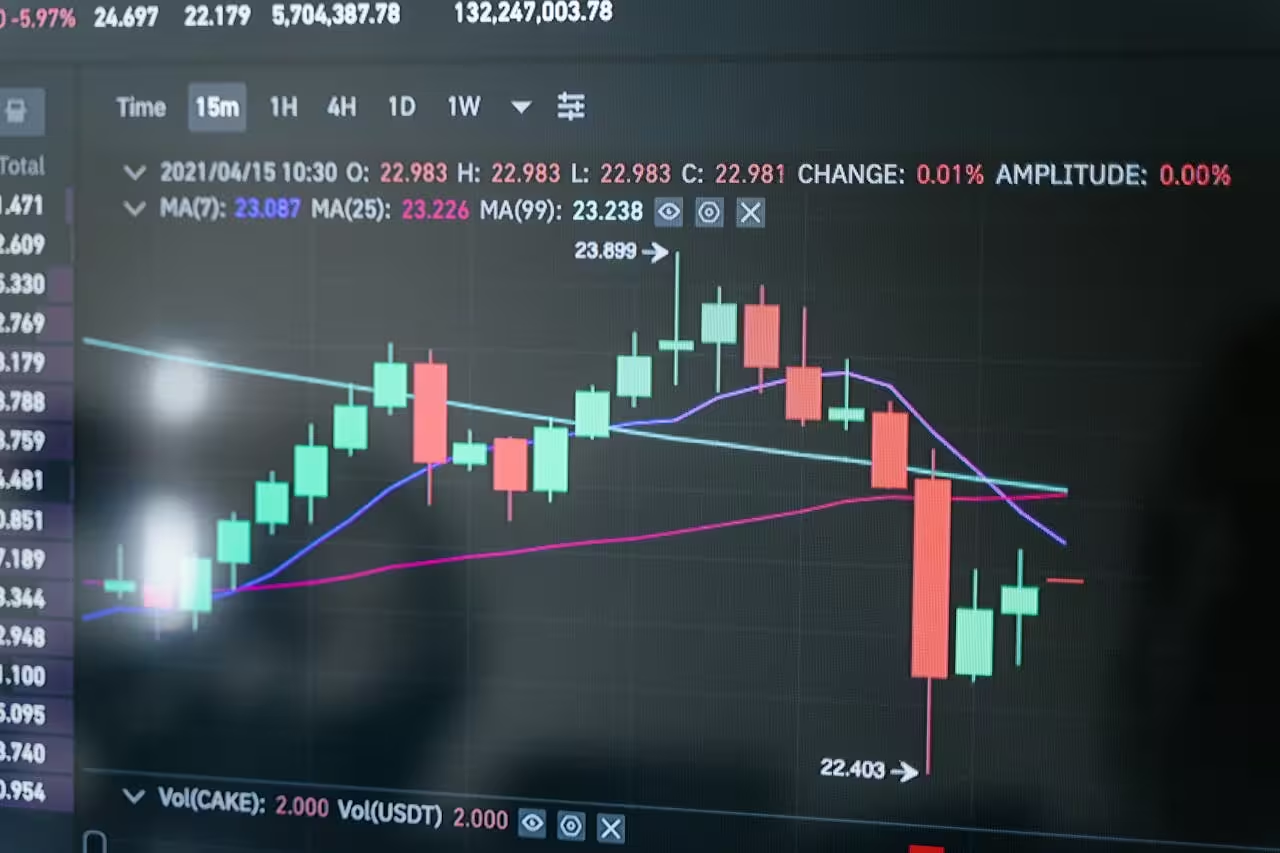Top Crypto Scams of 2024: How to Avoid Them
Cryptocurrency is an exciting and fast-growing field, but it also attracts scammers looking to take advantage of people. In 2024, these scams have become more sophisticated, making it crucial to stay informed and vigilant. This article will explore the top crypto scams of 2024 and provide tips on how to avoid them. Key Takeaways Always … Read more









